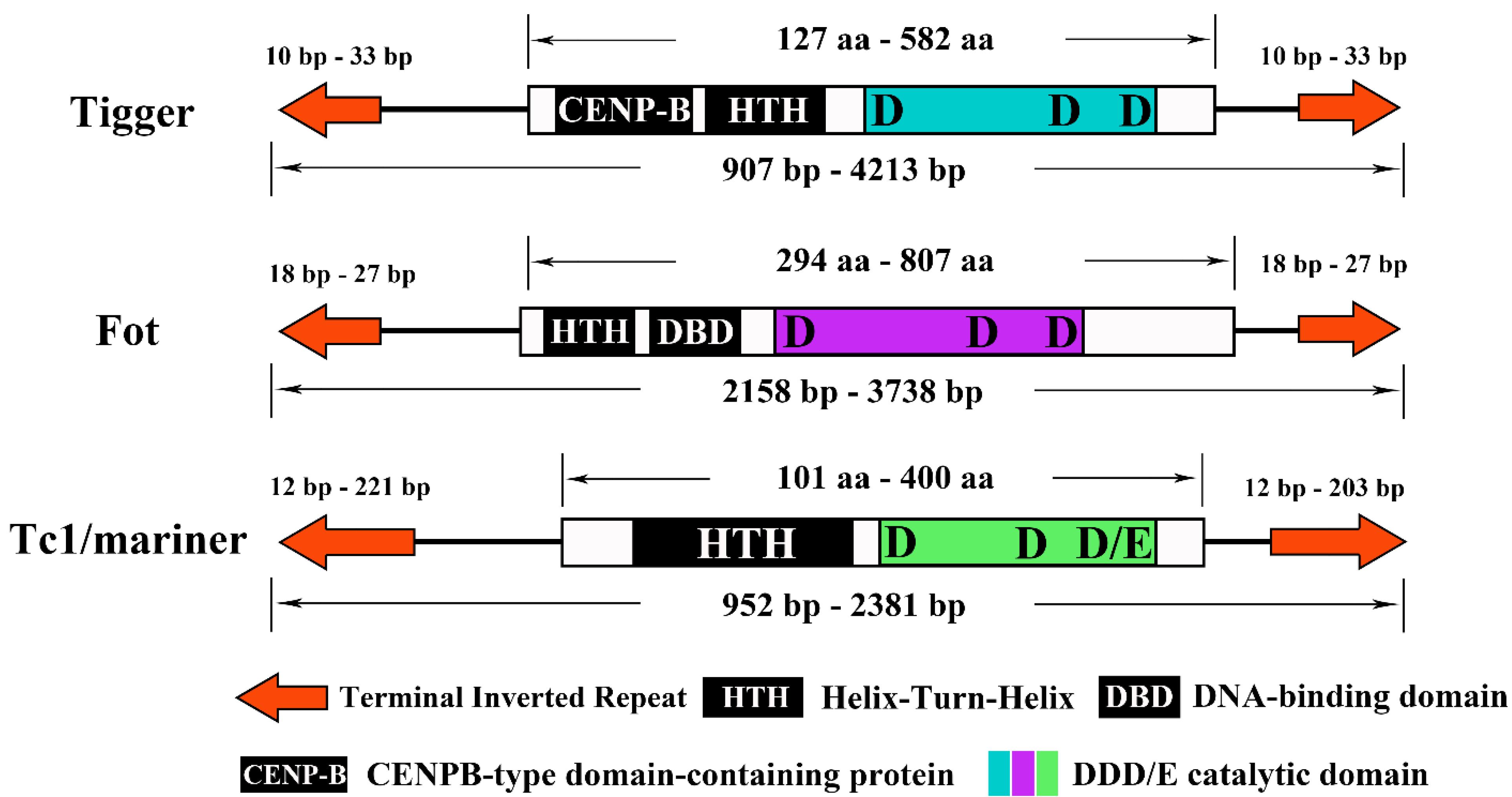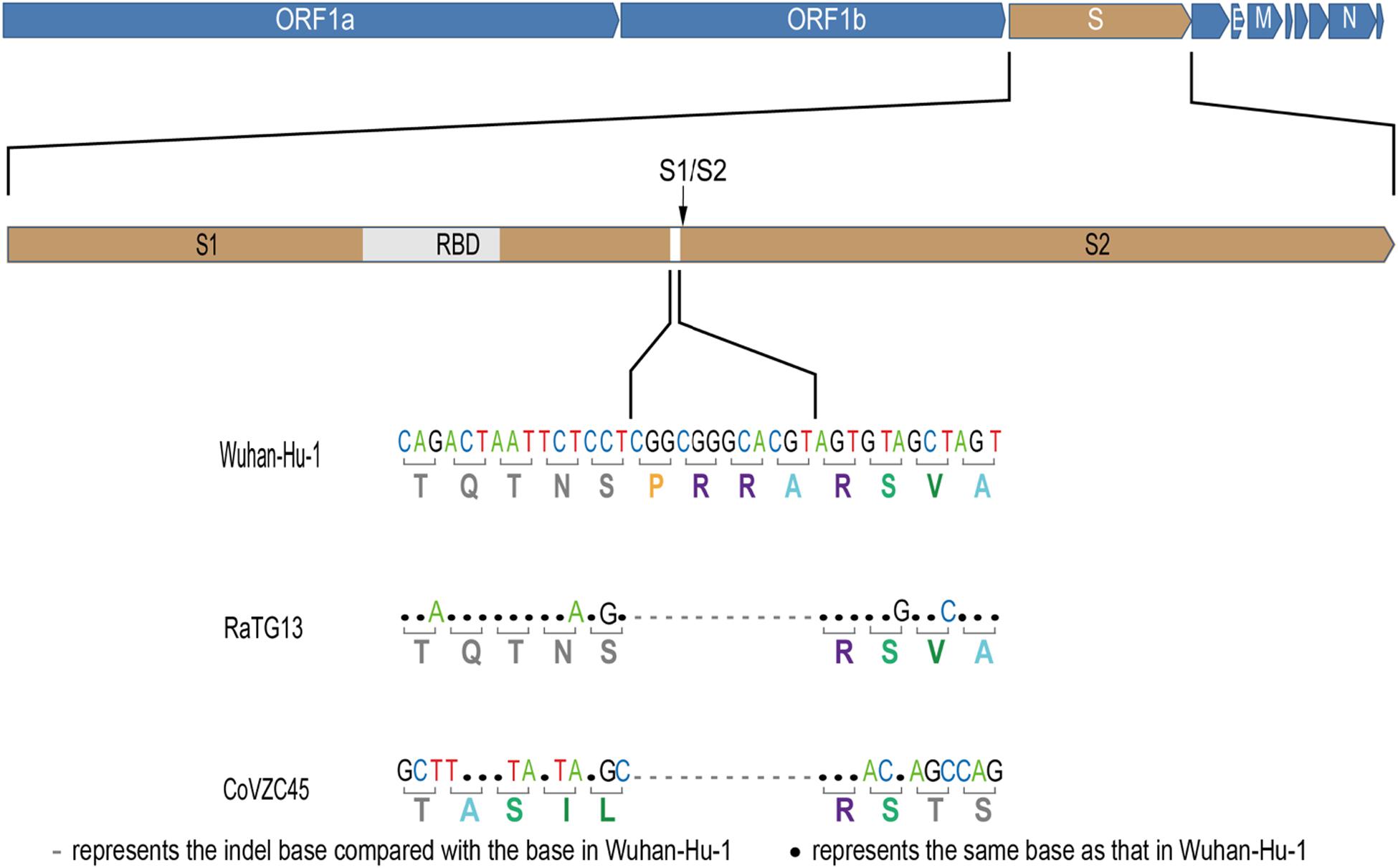
In exons 6 and 7 they differ by only a few base positions. The 6 common ABO alleles in white individuals are ABO*A101 ( A 1), ABO*A201 ( A 2), ABO*B101 ( B 1), ABO*O01 ( O 1), ABO*O02 ( O 1v), and ABO*O03 ( O 2). 1-3 The last 2 exons (6 and 7), which comprise 823 of 1062 bp of the transcribed mRNA, encode for the catalytic domain of ABO glycosyltransferases. It consists of 7 exons, ranging in size from 28 to 688 base pairs (bp), and 6 introns with 554 to 12 982 bp ( Figure 1). This gene maps to chromosome 9, position 9q34.1-q34.2. The ABO gene codes for the glycosyltransferases that transfer specific sugar residues to H substance, resulting in the formation of blood group A and B antigens. Depending on an individual's ABO blood type, immunoglobulin M (IgM) antibodies directed against the missing A and/or B antigens are regularly present in serum they constitute an immunologic barrier against incompatible blood transfusion and organ transplantation. Its antigenic determinants are oligosaccharides located on glycoproteins and glycolipids expressed on erythrocytes and tissue cells and occur in various body fluids and secretions. The ABO blood group is the most important blood group system in transfusion and transplantation medicine.

These findings are suggestive of the requirement of a comprehensive coding sequence database for sequence-based phenotype prediction. All variant ABO*A/B alleles and one new ABO*O03-like allele were associated with weak ABO phenotypes. Phenotype-genotype correlation showed that sequence variations within the complete coding sequence can affect A- and B-antigen expression. The prevalence of replacement mutations indicates positive selection for allelic diversity. Thus, both an accumulation of mutations as well as an assortment of the mutations by recombination seems to be responsible for the ABO gene diversity. Singular mutations or hybrid alleles were most common, but a few exhibited mosaic sequence pattern containing multiple exon and/or intron motifs from other ABO lineages.

The genomic sequences of most rare ABO alleles differed slightly from those of the common alleles. The intron-based phylogenetic analysis revealed 5 main lineages: ABO*A, ABO*B, ABO*O01, ABO*O02, and ABO*O03. The study revealed multiple polymorphisms in noncoding regions.

This was done by phylogenetic analysis and correlating sequence data with the ABO phenotypes. In this study we analyzed the complete genomic sequences, except intron 1, and 2 regulatory regions of 6 common ( ABO*A101, ABO*A201, ABO*B101, ABO*O01, ABO*O02, and ABO*O03) and 18 rare ABO alleles, 3 of which were new.


 0 kommentar(er)
0 kommentar(er)
